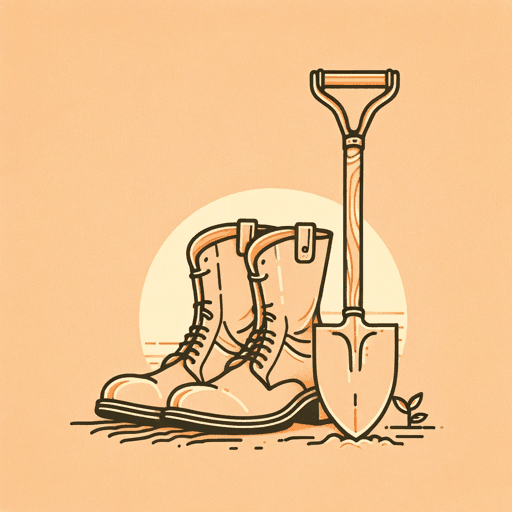52 pages • 1 hour read
Leo TolstoyHow Much Land Does a Man Need
Fiction | Short Story | Adult | Published in 1886A modern alternative to SparkNotes and CliffsNotes, SuperSummary offers high-quality Study Guides with detailed chapter summaries and analysis of major themes, characters, and more. For select classroom titles, we also provide Teaching Guides with discussion and quiz questions to prompt student engagement.
Literary Devices
Irony
There are various forms of literary irony, including situational irony, in which events unfold in a way that is contrary to what one might reasonably expect to happen. This kind of irony first occurs in Part 1. Pahóm’s wife expresses the view that people who live prosperously in the towns are likely to be tempted by the Devil, unlike peasants who live in the country; Pahóm agrees with her. The irony is that it is the peasant, Pahóm, who succumbs to temptation. His statement that “we peasants have no time to let any nonsense settle in our heads” turns out to be the opposite of the truth (208), as all his plans to acquire more land originate with the very being he says he does not fear—the Devil. All the while Pahóm is behaving in what he thinks is the best possible way, expanding his material holdings, he is in fact digging his own grave.
Irony therefore runs through the entire story: In accumulating more and more without understanding the implications of what he is doing, Pahóm ends up with nothing. This is illustrated concisely when his greed gets him into difficulties marking out his square of Bashkir land.
Related Titles
By Leo Tolstoy
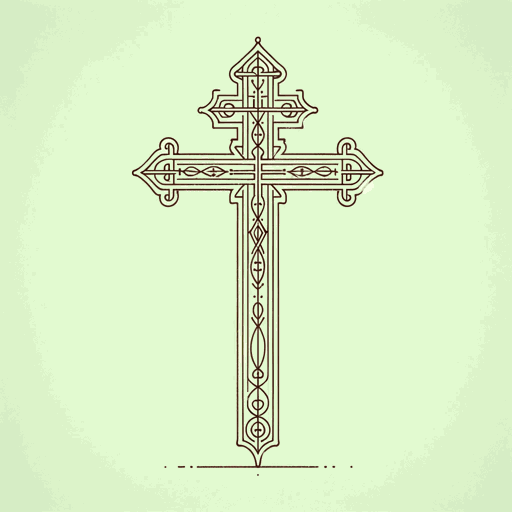
A Confession
Leo Tolstoy

Anna Karenina
Leo Tolstoy
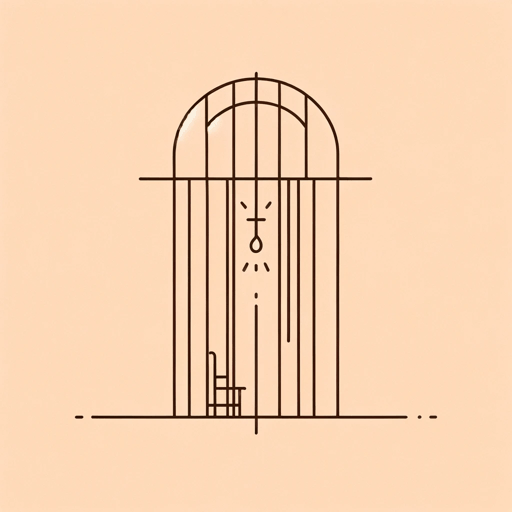
God Sees the Truth, but Waits
Leo Tolstoy
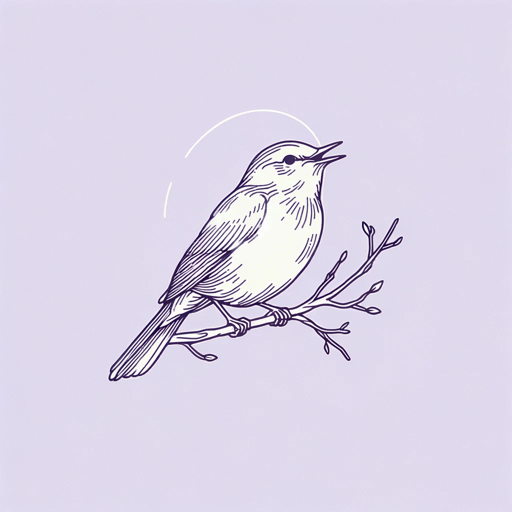
Hadji Murat
Leo Tolstoy

Master and Man
Leo Tolstoy

The Cossacks
Leo Tolstoy
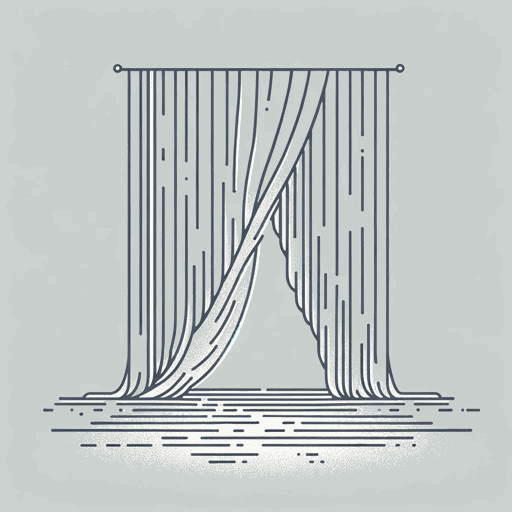
The Death of Ivan Ilyich
Leo Tolstoy

The Kreutzer Sonata
Leo Tolstoy
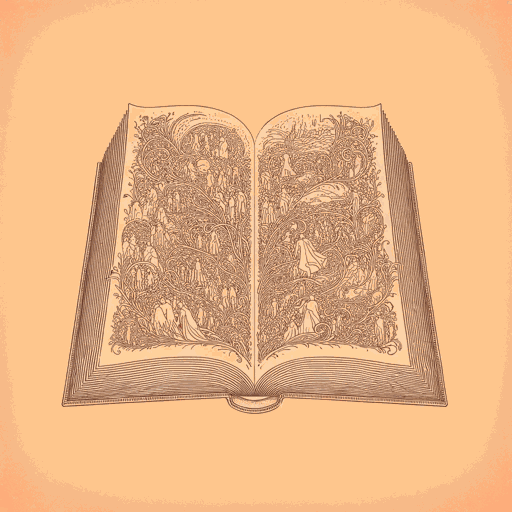
War and Peace
Leo Tolstoy
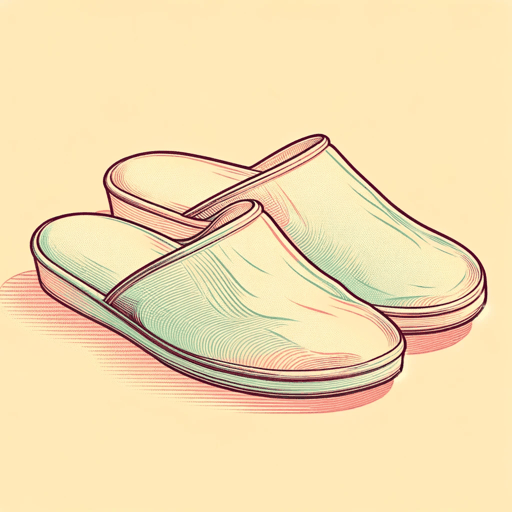
What Men Live By
Leo Tolstoy
